With Halloween around the corner and the thought of ghosts and goblins prowling the darkened nights, how about a real flower that looks like a ghost?
Yes, that’s right. There is actually a flower called a ghost orchid, and its tiny, spindly flower with no leaves, looks eerily like a ghost clinging to the bark of trees.
Not found outside of Florida, the Bahamas, and Cuba, the ghost orchid (Dendrophylax lindenii) is sadly, becoming an endangered species. In Florida, there are around 2,000 ghost orchids. About 10 percent of them flower in a year, and only during a brief and unpredictable period of time in summer.
In fact, ghost orchids living for decades may only bloom a couple of times! It’s a shame to think the fragile, unique (and ghostly) apparitions that are both flowers and orchids, could disappear forever. Poof!
As much as I’d love to add this orchid to my collection, I’m afraid I’ll have to admire it from afar. The plant is actually leafless, consisting of bare green roots that cling in random patterns to the bark of specific trees.
This orchid is aptly named, given its ghastly spectral appearance. Because it clings to tree bark. The white flower — when it does bloom (which may be once a decade) — appears to hover in the forest. The lack of leaves makes it an apparition when it does bloom. But it’s also known as palm polly and white frog orchid due, no doubt, to its unique shape and habit of growing on trees.
Its beauty and rare existence make ghost orchids attractive to pirates seeking the unusual flowers. Yes, there are people who make it their life work to plunder the natural world for financial gain. And this work results in the growing decline of ghost orchids in their natural habitat.
Can you grow these at home? Perhaps. But only nurseries in Florida supply this orchid. It’s very difficult and expensive for nurseries elsewhere as the financial risk in trying to maintain such a rare beauty is unmanageable — considering the plant’s very particular growing requirements.
Related Post: How to Care for Orchids
Those pirates who attempt to steal these plants from their natural environment are met with disappointing results. The ghost orchid usually dies in captivity. There are some botanists researching the possibility of seed germination, but this study is still in the early stages.
The ghost orchid lives up to its name not only in appearance, but also in the fact that its limited, scattered populations have put it on the endangered species list. It survives in swampy forests and small wooded islands. Its greatest threat to survival is human: poaching, climate change, destroyed habitat, and the decline of natural pollinators.
Interesting Facts About Ghost Orchids
Check out some interesting notes about this mystical floral phantom.
Their Blooming Time Is Short
When (and if) the orchid blooms, it happens once a year for a few weeks between June and August.
In any given year, just 10 percent of the ghost orchids bloom. Of that 10 percent, 10 percent will be pollinated.
Ghost Orchids Have No Leaves
The plant has scales instead of leaves and the entire plant appears to lack foliage, giving it the distinction of a leafless orchid.
The stem is also reduced, so without stems or leaves, and with only 10 percent of the ghost orchids blooming, it’s difficult to find these plants in their natural habitat.
The Ghost Orchid Is Mostly Roots
Since there are no leaves, and the stem is minimal, the ghost orchid consists mostly of roots that grow on and around a tree’s bark — instead of the typical orchid which would grow in the ground soil. As such, the ghost orchid is an epiphyte, latching onto its host tree like a parasite.
Since there are no leaves to collect the sunlight for photosynthesis, the roots, which contain the necessary chlorophyll, take on this task. Not only do the roots anchor the plant on the tree, they also take in the water and nutrients the leaves would normally collect. These roots have small white marks (pneumatodes) to perform the gas exchange required for the plant’s respiration and photosynthesis.
Without the greenish blend offered by foliage, the plants root system is camouflaged against the tree bark when the plant isn’t blooming. When the flower does appear, it grows on a thin, spindly spike that projects away from the roots, giving the illusion it’s floating freely in the forest.
They Smell Like Apples
There is an interesting aroma to this plant when it’s in bloom. It actually kind of smells like apples, most noticeably in the early morning.
Giant Sphinx Moths Are Their Friend
The ghost orchid relies on the giant sphinx moth for pollination. The plant’s pollen is hidden deep within the flowers and needs a long proboscis for the insect to dig deep inside.
They Have 18 Preferred Host Trees
In Florida, the ghost orchid prefers the pop ash, pond apple, and bald cypress trees. In Cuba, it has at least 18 preferred host trees. Predators like the emerald ash borer are killing some of the host trees, thus depleting this plant’s natural habitat.
Poachers Are Making Them Extinct
With its rare and remote, inhospitable habitat, one would think an estimated 2,000 plants in South Florida alone would be enough to protect the orchid from plunderers. Unfortunately, the opposite is the case as this rarity makes a prime target for poachers eager to sell the plant on the black market. If they can find it, that is. The plants’ locations are kept secret and without prior knowledge of their habitat, very difficult to find. Especially when it’s not in flower.
There’s Fungus Among Us
Although almost impossible to cultivate, there is one fungus that seems to help. Michael Kane and other researchers studied the barks of trees where these plants prosper. It was discovered that the moist bark harbors the fungus genus, Ceratobasidium, which excels at a higher germination rate.
The Ghost Orchid Is a Movie Star
The ghost orchid can claim movie star greatness as its plundering plight made headlines in 1993 when poachers tried to steal over a hundred plants. The story made headlines and was made into a movie starring Meryl Streep and Nicolas Cage (Adaption, 2002) based on Susan Orlean’s book, The Orchid Thief.
With Florida’s wetlands threatened by development, drying up, and preyed upon by poachers, the ghost orchid may remain something of an apparitional enigma. Since I probably will not have the opportunity to grow one in my own, indoor orchid garden, or visit the protected areas where this plant grows at a time when the flowers appear, I doubt I’ll ever get to see these eerie, ghost-like anomalies in real life.
But I am continually amazed at flora that reflect the endless possibilities of nature’s creativity. Ghost orchids indeed. Too bad they only bloom in July and August in certain, limited environments. If only …
To learn more about the ghost orchid and to see some pretty remarkable shots of this elusive flower, check out this short film from National Geographic.


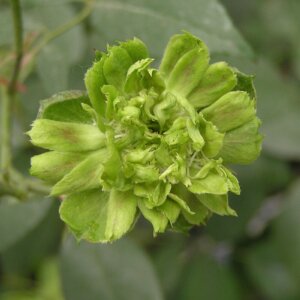
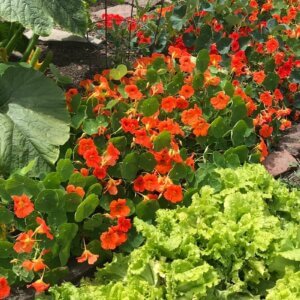





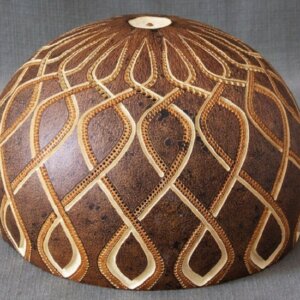



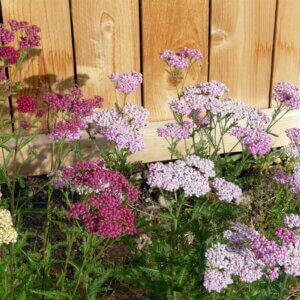





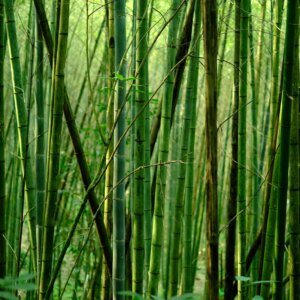
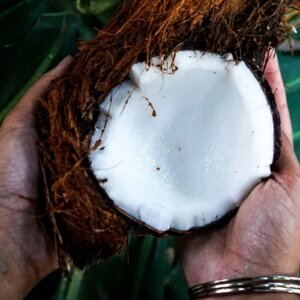





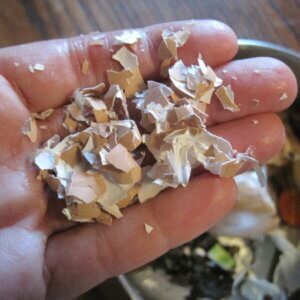






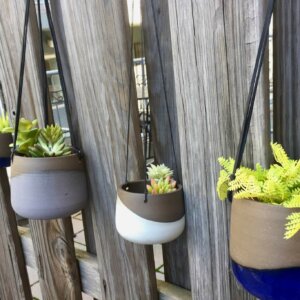

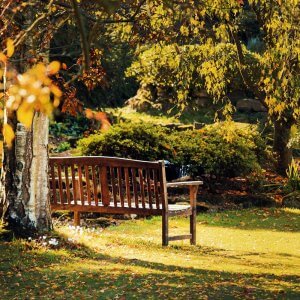



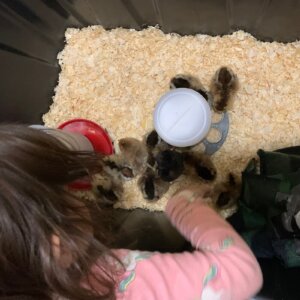


Leave a Reply